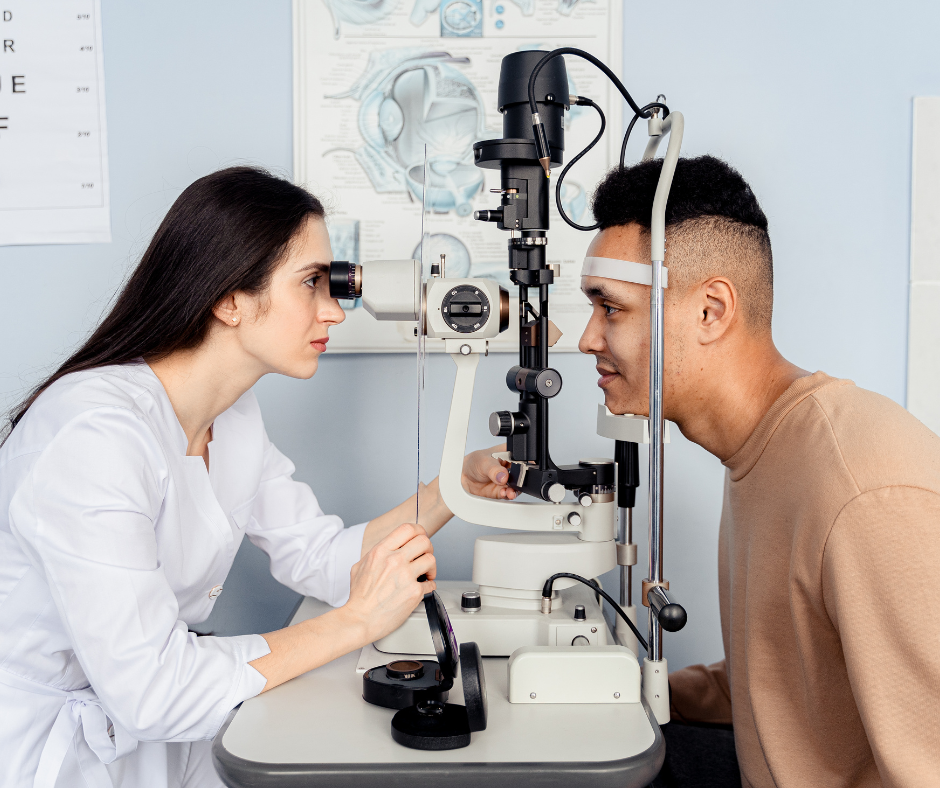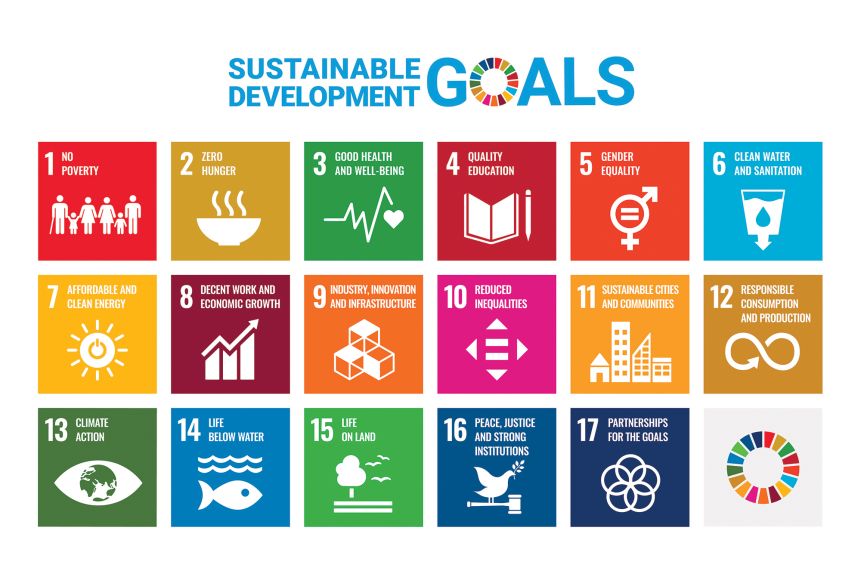Imagine waking up one day and the world around you slowly begins to fade—your vision blurs, colors dim, and shapes melt into shadows. This isn’t a nightmare. For millions silently living with diabetes, this could become their reality.
Diabetes is often labeled a “manageable disease,” but what many don’t realize is that it’s also one of the leading causes of preventable blindness across the world. It doesn’t just affect your blood sugar. It impacts your eyes, your nerves, your kidneys, your heart—your entire future.
Yet, most people ignore the early warning signs until it’s too late.
Diabetic Eye Disease: The Invisible Attack
One of the most devastating complications of diabetes is diabetic retinopathy. It’s an eye disease that damages the blood vessels in the retina—the light-sensitive tissue at the back of your eye. It begins quietly. No pain. No vision loss. Just damage accumulating day by day, year after year.
And then suddenly, you can’t read, can’t drive, can’t recognize faces.
But diabetic retinopathy isn’t the only concern. Diabetic macular edema, glaucoma, and cataracts can also strike silently. These conditions, when left unchecked, lead to partial or total blindness—and once your vision is gone, it may never come back.
Why You Shouldn’t Wait
Every single day matters.
-
Early stages are completely treatable.
-
Screenings can catch the damage before you feel it.
-
Timely intervention can preserve your sight for life.
Yet, thousands lose their vision each year—not because it’s inevitable, but because they didn’t act in time.
How long has it been since your last eye exam?
Have you ignored blurry vision, floaters, or difficulty seeing at night?
Is your blood sugar still out of control?
This isn’t just about eyesight. It’s about independence, dignity, and quality of life.
Action Steps You Must Take Now
1. Schedule a comprehensive dilated eye exam—today.
Even if you feel fine. Even if you “see okay.” Diabetes-related vision loss is sneaky. Let a professional catch it before it catches you.
2. Control your blood sugar, blood pressure, and cholesterol.
These are the top three factors that speed up vision damage in diabetics. Talk to your doctor. Create a plan. Stick to it.
3. Know the symptoms—but don’t wait for them.
Blurred vision, dark spots, flashes of light, difficulty seeing colors, sudden vision loss. If you notice any of these, it could be a sign of severe damage already underway.
4. Live healthy, eat smart, move more.
Your lifestyle directly affects your blood vessels—including the ones in your eyes. A better lifestyle isn’t optional. It’s your first line of defense.
5. Spread awareness.
You could save a life, or a vision, by simply sharing this knowledge. Encourage family members, friends, and communities to take diabetes and eye health seriously.
The Real Cost of Delay
Blindness doesn’t just take away sight. It robs people of their dreams, careers, hobbies, and peace of mind. It burdens families. It shatters confidence. It isolates people from the world they love.
And the most heartbreaking part? It’s avoidable.
You have the power right now to protect your future. But only if you act today.
Final Thought:
You cannot reverse time, but you can control what you do next. Don’t be among the many who wish they had done more, sooner. Let your next step be one that protects your sight—and your life.
Because once it’s gone, it’s gone. And silence won’t save your eyes.












